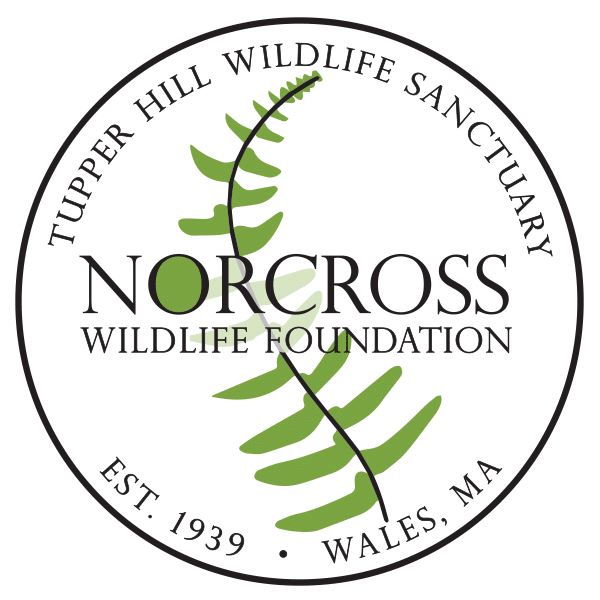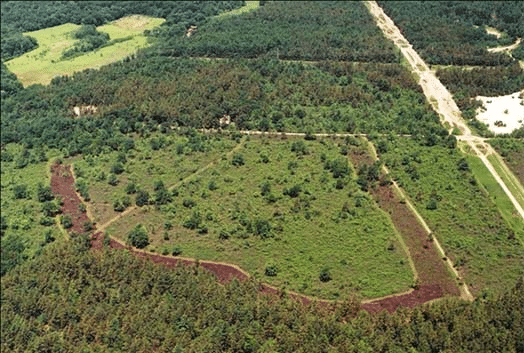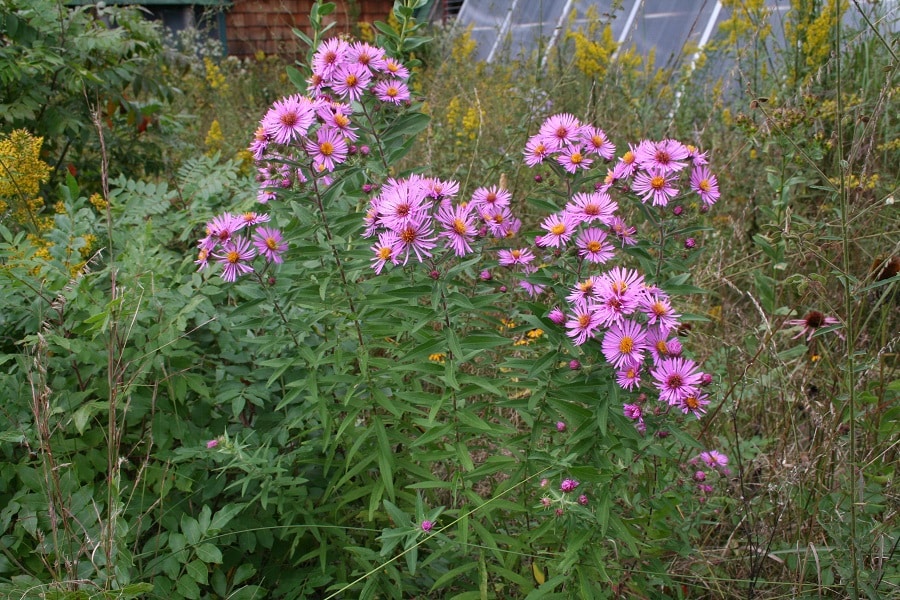As gardeners, we love the large showy flowers in our gardens – we can see them from across the yard, we know they are in bloom. This week Virginia bluebells are that showy flower – they are lovely deep blue flowers that bloom for weeks at this time of year. The flowers start as pink buds before opening into the gorgeous cobalt-blue color (see picture).
Gardening with wildflowers is a little bit different than gardening with every day nursery plants. I tell people that I have learned to appreciate the small and insignificant. Truthfully, some wildflowers may be small, but they are not insignificant. Bending down and looking closely at some wildflowers can give you a surprise. Many small flowers are incredibly intricate, beautiful – worth taking that closer look. I love the Pennsylvania sedge (Carex pensylvanica), a small grass-like plant that grows in the forest shade. The flower is composed of deep black scales but the bright yellow stamens and white pistils emerge from the scales to create a beautiful sight. Although it may not look like a traditional flower (with petals), but it is the flower of the sedge. Bishops cap (Mitella diphylla) has tiny hat-like flowers, the “brim” of the hat are composed of intricately arrange filaments. Flowers of a whole plant family are mostly composed of just pistils and stamens – these are many native plants of the buttercup family (Ranunculaceae). This week goldenseal (Hydrastis canadensis) is in bloom (see picture), it would be easy to miss this flower if you were just looking at plants from “across the yard”.
These smaller flowers can also be hosts to a wide variety of pollinators especially smaller bees and beetles. The smaller bees tend to be solitary. That is they do not live in large colonies or hives, but alone in open places, hollow stems of plants, or in cavities they make in the stems of shrubs or trees. Most solitary bees make their nests in the ground at the edge or in clearings of the forest. Beetles are more primitive pollinators, they tend to eat the pollen rather than transport it from flower to flower.
As you can see from our bloom list the warm weather has encouraged many of our plants to come into bloom. Mid-May through mid-June is often the best time to visit our gardens to see the many native wildflowers that are in bloom. Although there is always something to see at Norcross Wildlife Sanctuary in spring, summer and fall, this is peak bloom time for the spring wildflowers. Unlike the early spring ephemerals – most of the May wildflowers remain in bloom for several weeks. I hope to see you out on the trails soon.



